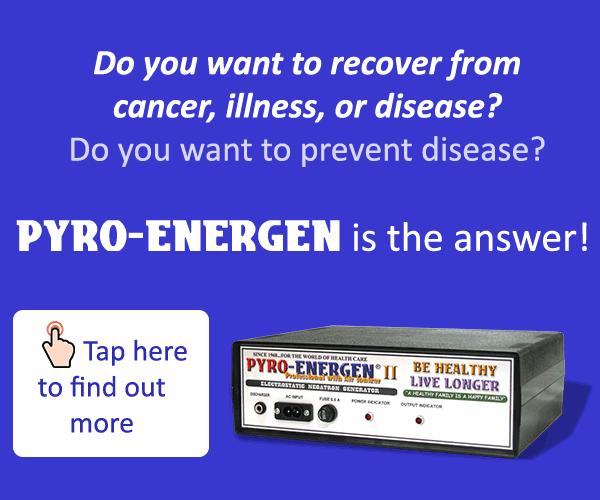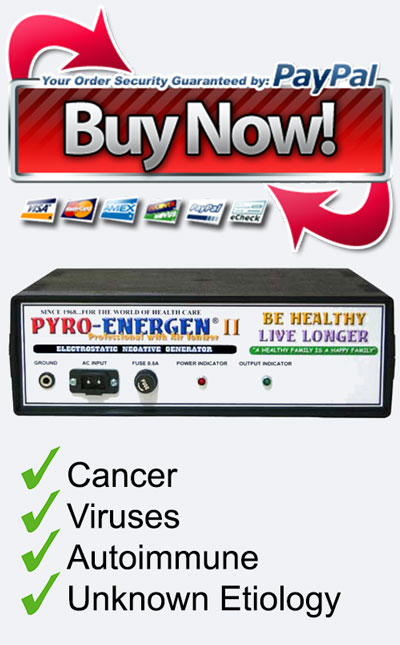Black Charcoal and White Charcoal
Did you know that there are various ways in making charcoal? Normally, we have two kinds of charcoal, the "black charcoal" and "white charcoal". These charcoals are made by different methods of burning. Although, they are produced in a basically similar manner, the quality of the charcoal differs totally depending on how the fire is extinguished.
We have been receiving nearly 10-25 e-mail inquiries about charcoal mostly from Nigeria, India, and Southeast Asian countries. Most of them are producers of charcoal looking for buyers and procedure of making charcoal.
The major problem is that their charcoals are of poor quality.


The two photos above show ordinary black charcoal that is commonly made.
However, the four photos below show the stages of making a different type of charcoal called white charcoal, and it is as hard as cast iron. If you strike it, you'll hear metallic clanking sounds.




The technology in making white charcoal is difficult compared to ordinary black charcoal, and its secret seems to have originated in ancient China. Its technology is applied mostly in Japan, and some parts of China and Korea. Today, the world admires the charcoal-making techniques of Japan and applies it in the field of modern science. Who knows, we might find more uses of white charcoal in the near future.
White charcoals are now used for industrial purposes like electronic components to medical applications in the scientific world.
Notice that black charcoal makes your hands black when you hold it but white charcoal will not because it is as hard as cast iron.
Procedure in Making Ordinary or Black Charcoal
Generally, to make black charcoal the wood is carbonized (partial burning with little air) at temperatures between 400 and 700 °C, then the kiln is sealed until the burning stops and the heat slowly dies away. You can now see the surface of the charcoal is black. Black charcoal is soft and retains the outer layer of the wood. It is also easy to ignite and burns hot enough that it was used as fuel for tea ceremony, and ordinary daily food cooking including industrial use during the former times.
Charcoals produced around the world are mostly soft black charcoal type. I believe this has become the standard type of charcoal worldwide. Standard charcoal is good and highly flammable. Some other people call it "careless charcoal" or "domestic charcoal".
Procedure in Making White Charcoal
On the other hand, white charcoal is made by carbonizing the wood at a moderately low temperature, then, near the end of the process, the kiln temperature is raised to approximately 1000 °C to make the wood red hot. When making white charcoal, you need to be quite skilled in removing the charcoals, which have turned deep red, from the kiln and quickly smother it with a covering of powder to cool it. The powder is a mixture of sand, earth, and ash. This will then give a whitish color to the surface of the charcoal. This is where the name "white charcoal" was derived. The quick rise in temperature, followed by quick cooling, burns up the outer layer of the wood leaving a smooth hardened surface. It is also called a "hard charcoal".
As tested by the Charcoal Standard Specification Test by the Agricultural Ministry of Japan, white charcoal may take some more time to ignite, but its thermal conductivity is way better than ordinary black charcoal. The flame produced by white charcoal lasts long enough to be used as a fuel.
Benefits of White Charcoal
White charcoal has several benefits. You can place it in a water container to filter water and release natural minerals. This will also help absorb chemicals in the pipe water.
White charcoal also has the ability to warm the body and help improve blood circulation, skin, and hair when added to the bath. It also helps reduce blood pressure and cholesterol.
White charcoal also supplies negative ions and purifies and balances the moisture content in the air.
Recently, research shows that electromagnetic waves from electrical appliances like computer monitors and mobile phones gives harmful effect to the human body. Charcoal burned at high temperature seems to have a special structure that is good at electromagnetic waves absorption. The charcoal has to be processed at around 1000 °C to have this absorbing capability.
Once again, remember that black charcoal and white charcoal may look just the same charcoal, but it differs depending on how the fire is extinguished. They also differ in many chemical and physical properties such as carbon, oxygen, hydrogen, ash, hardness, and the calorific value and flammability.
You can use mangrove (an evergreen tree native to tropical coasts) in making charcoal. Although it is a hard tree, it produces more smoke. Rubber tree and coconut shell are also good in making standard charcoal, with the coconut shell capable of producing a hard charcoal.
I believe that innovative discovery, innovative invention, innovative research, and innovative technology that go beyond common sense and common knowledge are the way to success. Just like that of the PYRO-ENERGEN technology. You might find new charcoal that might change our lifestyle in the future. In other words, success does not exist within common sense and knowledge but in innovative idea.
Reprint Rights: You may reprint this article within your website, blog, or newsletter as long as the entire article remains the same as well as the “About the Author” box.



 Junji Takano is a Japanese health researcher involved in investigating the cause of many dreadful diseases. In 1968, he invented PYRO-ENERGEN, the first and only electrostatic therapy machine that effectively eradicates viral diseases, cancer, and diseases of unknown cause.
Junji Takano is a Japanese health researcher involved in investigating the cause of many dreadful diseases. In 1968, he invented PYRO-ENERGEN, the first and only electrostatic therapy machine that effectively eradicates viral diseases, cancer, and diseases of unknown cause.


